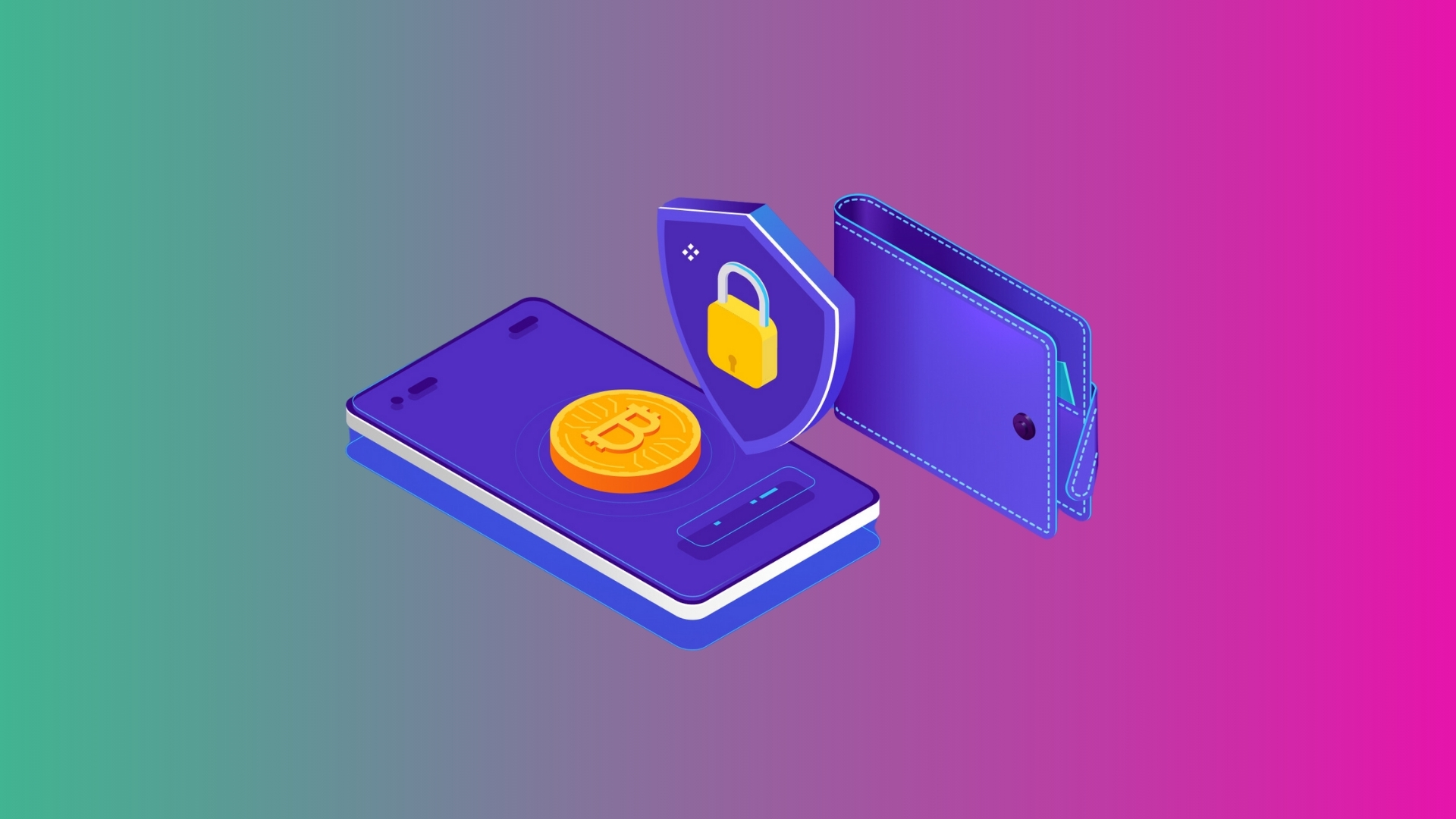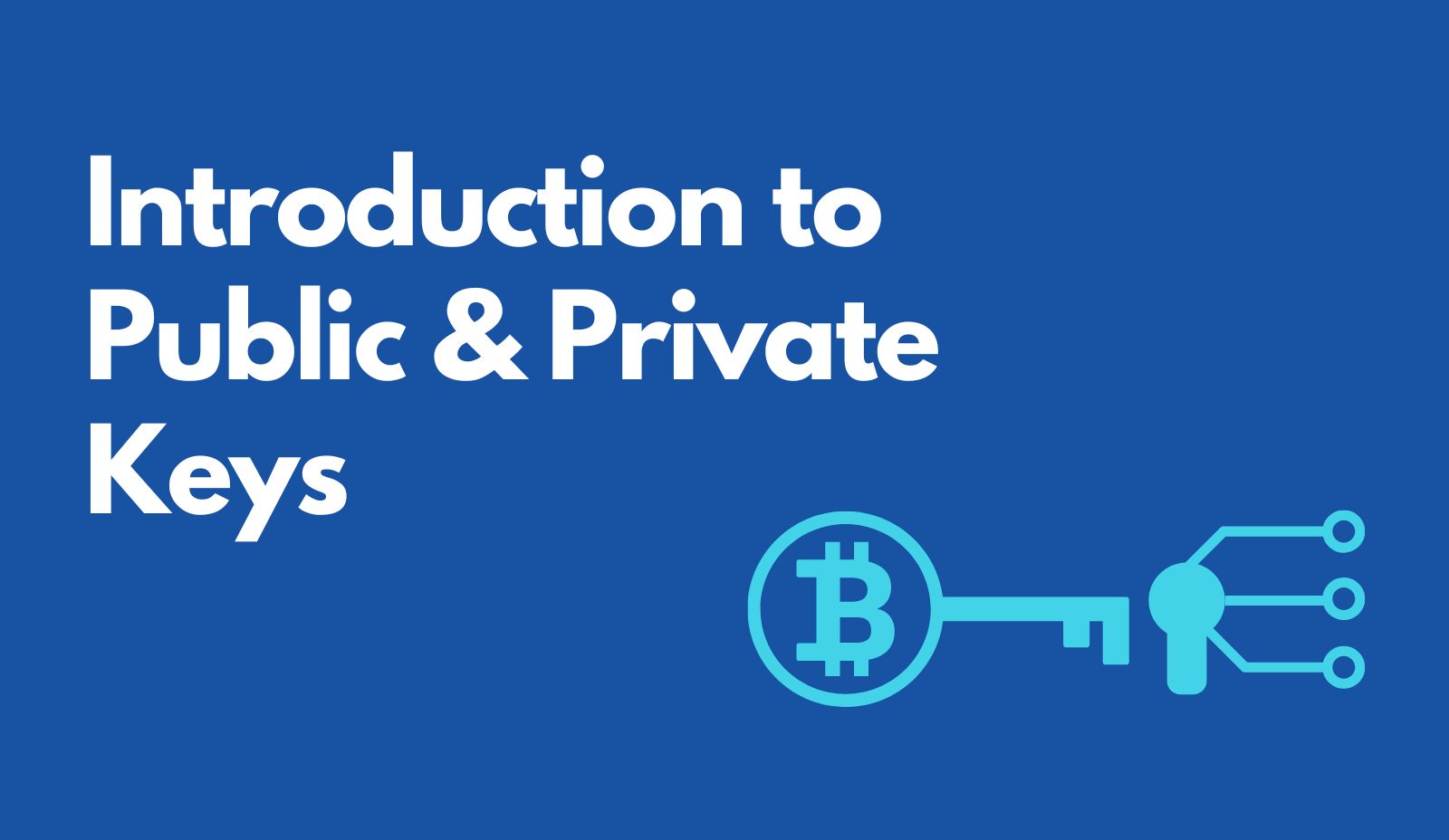How to Send and Receive Cryptocurrency
Jump to section
Cryptocurrency has become a popular alternative to traditional, government-issued currency, enabling peer-to-peer transactions without intermediaries like banks. Millions of people use cryptocurrency to gain financial freedom, sending and receiving payments directly. However, this freedom comes with responsibility. Knowing how to safely send and receive Bitcoin (BTC) and other cryptocurrencies is crucial for anyone entering the crypto world.
Things to Know Before Sending and Receiving Cryptocurrency
Understand Irreversible Transactions: Cryptocurrency transactions are final. Once confirmed on the blockchain, they cannot be reversed. Double-check wallet addresses, amounts, and networks before confirming a transaction to avoid potential loss.
Enter Details Carefully: Verify the recipient’s wallet address meticulously. A single mistake can result in funds being sent to the wrong address, with no way to retrieve them. Using the copy-paste method instead of manual entry helps prevent errors.
Specify the Correct Amount: Confirm the correct amount before sending a transaction. Ensure you are sending the intended amount and consider transaction fees, which can vary due to network congestion.
Select the Right Network: Some cryptocurrencies exist on multiple networks (e.g., Ether on Ethereum, Polygon, Arbitrum). Choose the appropriate network to avoid complications, as some wallets may not support all networks.
Provide the Right Details: When receiving cryptocurrency, provide the correct wallet address. Any mistakes could result in the loss of funds.
Send a Test Transaction: If it’s your first time sending crypto or sending to a new wallet, consider a small test transaction first to ensure all details are correct before sending the full amount.
Essential Concepts Before Sending and Receiving Crypto
Wallet Addresses: A wallet address is a unique alphanumeric string that acts as your digital identity on the blockchain, similar to a bank account number. Each cryptocurrency has its own address format. Ensure you use the correct address for the respective cryptocurrency.
Choosing a Wallet: Various types of crypto wallets are available, including software wallets (mobile or desktop apps) and hardware wallets (physical devices). Choose a reputable wallet with security features like two-factor authentication, PIN access, and encryption.
Transaction Fees: When sending cryptocurrency, you’ll encounter transaction fees (or gas fees). These fees are necessary for the smooth functioning of the blockchain network, compensating miners or validators. Fees vary based on network congestion and the specific cryptocurrency used.
How to Send Cryptocurrency Transactions
- Open Your Wallet: Enter your PIN or password to unlock your wallet.
- Select the Cryptocurrency: Choose the crypto asset you wish to send.
- Enter Transaction Details: Click the send button, enter the amount and the recipient’s wallet address. Double-check all details.
- Confirm and Send: Confirm the transaction fees and click “send.” Remember, once the transaction is confirmed on the blockchain, it cannot be reversed.
- Track the Transaction: Use the transaction ID to track your transaction’s progress on a block explorer.
Block Confirmations
After initiating a transaction, it is broadcasted to all nodes maintaining the blockchain network. Each node verifies the transaction and includes it in a new block. The number of confirmations indicates the number of blocks added to the blockchain after the block containing your transaction. The required confirmations vary by blockchain.
Can You Send Cryptocurrency Without a Crypto Wallet?
No, you cannot send cryptocurrency to someone who doesn’t have a crypto wallet. A wallet is essential for securely sending, receiving, and storing digital assets. Ensure the recipient has downloaded crypto wallet software and generated a wallet address before sending any crypto.
How to Receive Cryptocurrency Transactions
Share Your Wallet Address: Provide your public wallet address to the sender. This can be done via QR code or by sending the address through an online messaging service. Never share your private keys.
Verify the Transaction: Ask the sender to share the transaction ID so you can track the transfer and ensure your details were entered correctly.
Receive Crypto from Another Wallet or Exchange
- Ensure Compatibility: Verify that the wallet or exchange you’re receiving crypto from supports the specific cryptocurrency.
- Scan QR Code or Enter Address: Use your wallet app to scan the sender’s QR code or manually enter the wallet address provided.
- Exercise Caution: Verify the sender’s information and your wallet address to minimize the risk of errors or fraud.
Conclusion
Safely sending and receiving cryptocurrency requires careful attention to detail and understanding of the process. By following the steps outlined above, you can ensure your transactions are secure and error-free. Always double-check details, use reputable wallets, and consider sending test transactions to mitigate risks. With these precautions, you can confidently navigate the world of cryptocurrency transactions.





